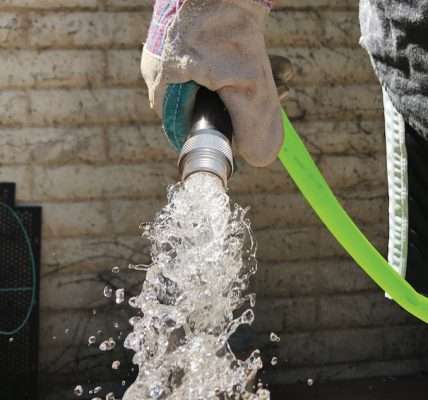Arranging flower pots in your garden isn’t just about placing them haphazardly; it’s about creating a visually stunning and harmonious landscape․ It’s an art form that allows you to express your creativity and enhance the natural beauty of your outdoor space․ The careful consideration of factors like color, size, and texture is crucial for achieving a cohesive and appealing arrangement․ Mastering the art of arranging flower pots, therefore, allows you to transform a simple garden into an oasis of color and fragrance․ When you think about how to arrange flower pots, think about creating a living masterpiece․
Planning Your Pot Placement: Considering Key Elements
Before you start lugging heavy pots around, take a moment to assess your garden and formulate a plan․ Consider these key elements:
Sunlight: Different plants require different amounts of sunlight․ Group plants with similar needs together to ensure they thrive․
Space: Don’t overcrowd your pots․ Give each plant enough room to breathe and grow․
Style: Do you prefer a formal, symmetrical look, or a more relaxed, informal arrangement?
Color Palette: Decide on a color scheme that complements your home and surrounding landscape․
Creating Visual Interest: Height, Texture, and Color
The key to a captivating flower pot arrangement is visual interest․ Here’s how to achieve it:
Vary Heights: Use taller pots in the back and shorter pots in the front to create a layered effect․ Consider using plant stands to elevate some pots․
Mix Textures: Combine plants with different leaf shapes and textures․ Think about pairing delicate ferns with bold succulents․
Play with Color: Use a combination of complementary and contrasting colors to create visual drama․ Consider the color of your pots as well․
Grouping Techniques for Maximum Impact
The Thriller, Filler, and Spiller: This classic technique involves using a tall, eye-catching plant (the thriller), a mounding plant to fill in the space (the filler), and a trailing plant that cascades over the edge of the pot (the spiller)․
Odd Numbers: Grouping pots in odd numbers (3, 5, 7) often creates a more visually appealing arrangement than even numbers․
Repetition: Repeating a particular plant or pot style throughout your garden can create a sense of unity and cohesion․
Choosing the Right Pots: Material and Design
The material and design of your pots can significantly impact the overall look of your garden․ Consider these factors:
Material: Clay pots are classic and provide good drainage, while plastic pots are lightweight and retain moisture․ Choose a material that suits your plants’ needs and your personal style․
Design: Select pots that complement your home and garden’s architectural style․ Consider the shape, size, and color of the pots․
Drainage: Ensure all your pots have adequate drainage holes to prevent root rot․
Arranging flower pots is an opportunity to showcase your creativity and bring life to your outdoor space․ Experiment with different combinations of plants and pots to find what works best for you․ Don’t be afraid to try new things and have fun with it!
FAQ: Frequently Asked Questions
- Q: How often should I water my potted plants?
- A: Watering frequency depends on the type of plant, the weather, and the pot material․ Check the soil moisture regularly and water when the top inch feels dry․
- Q: How do I fertilize my potted plants?
- A: Use a slow-release fertilizer or a liquid fertilizer diluted according to the package instructions․ Fertilize regularly during the growing season․
- Q: How do I protect my potted plants from frost?
- A: Move frost-sensitive plants indoors or cover them with burlap or blankets․
Ultimately, the best approach to how to arrange flower pots depends on your personal taste and the specific characteristics of your garden․ The key is to experiment, have fun, and create a space that you love․

